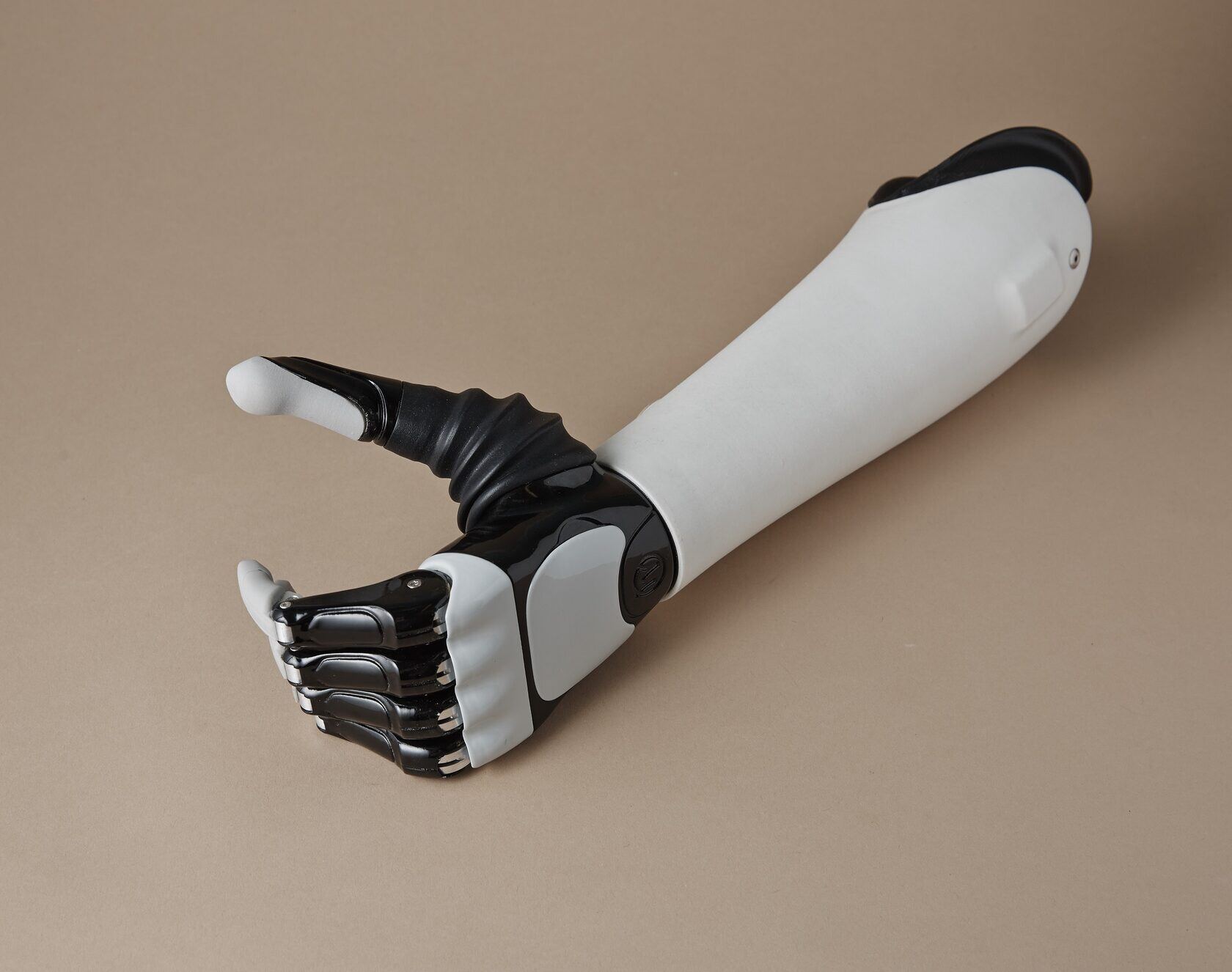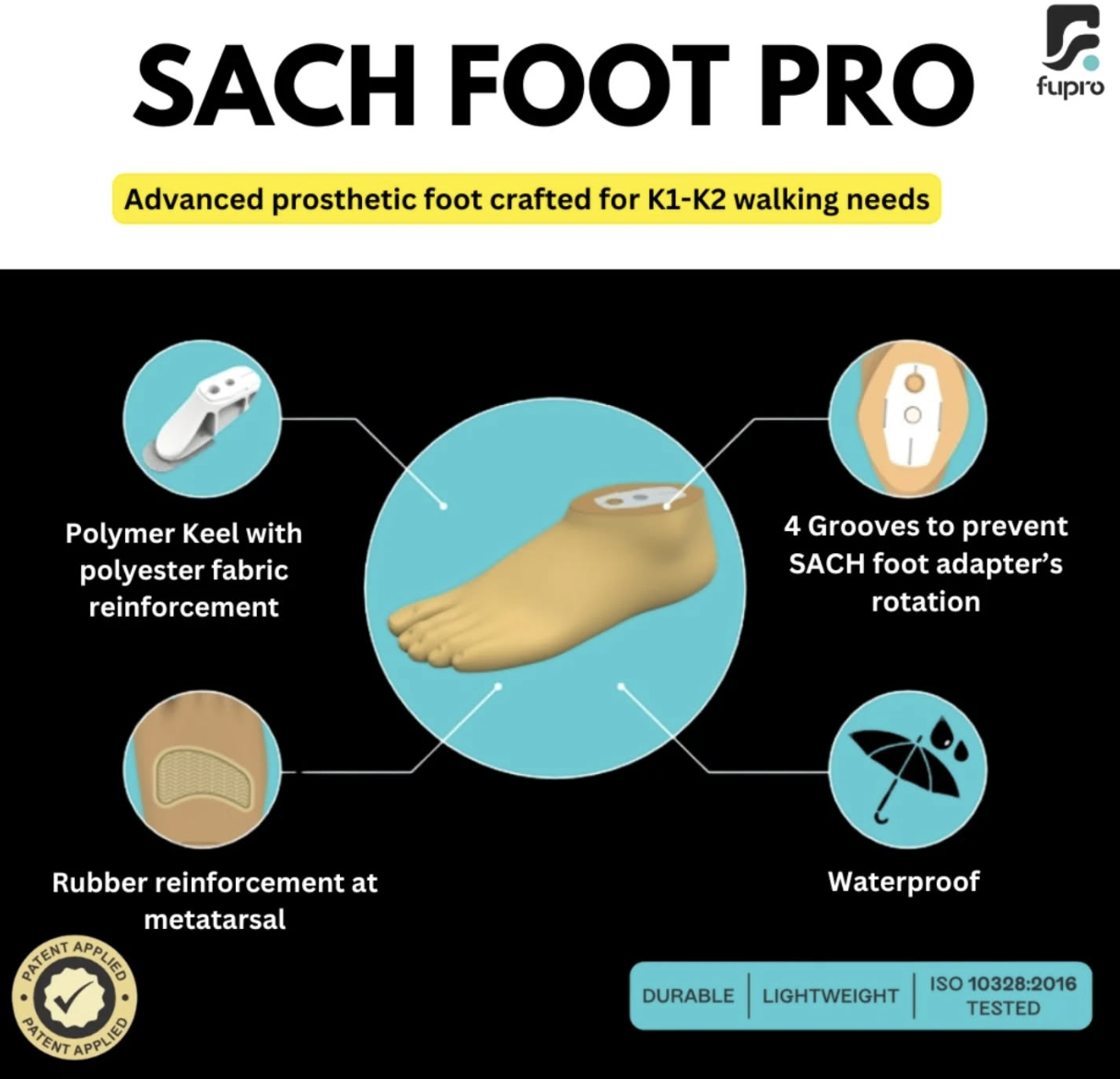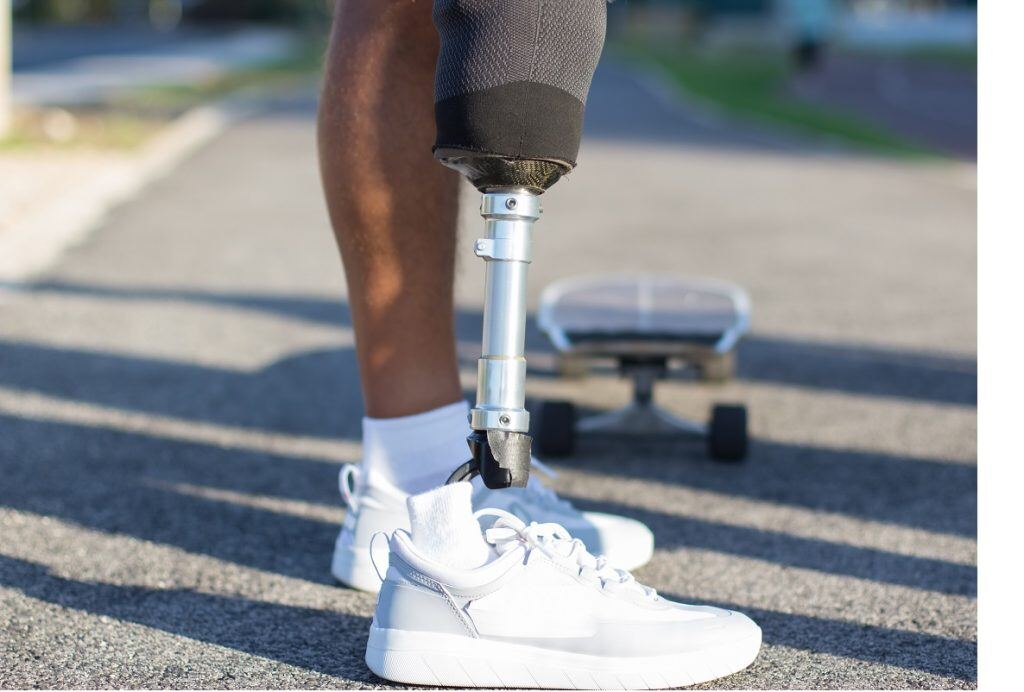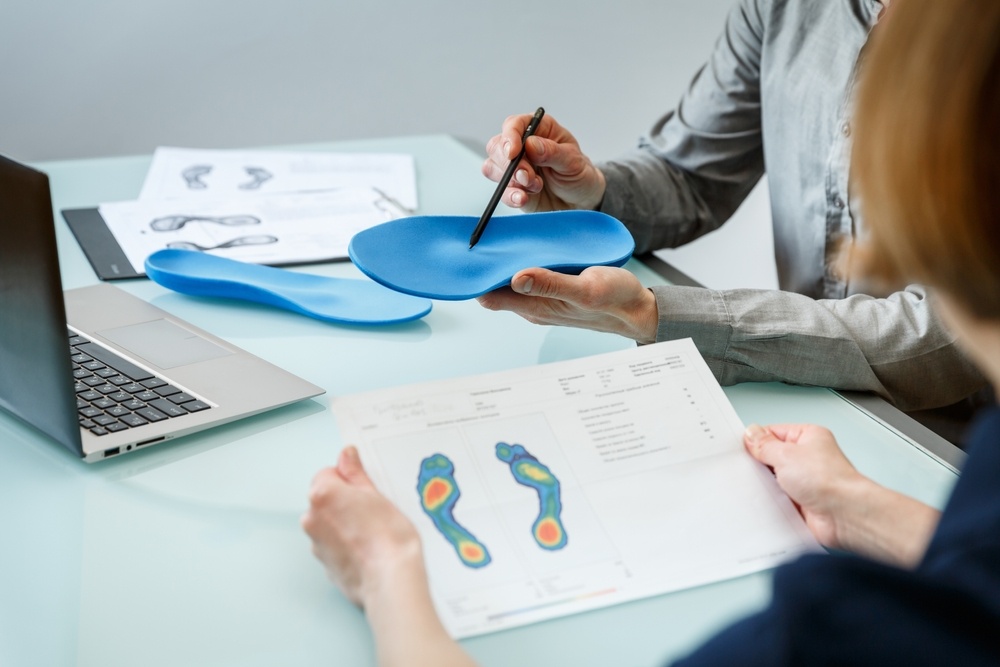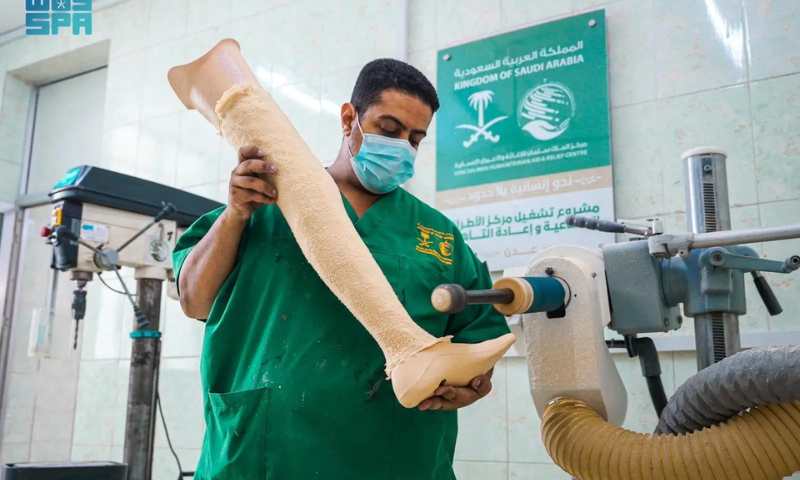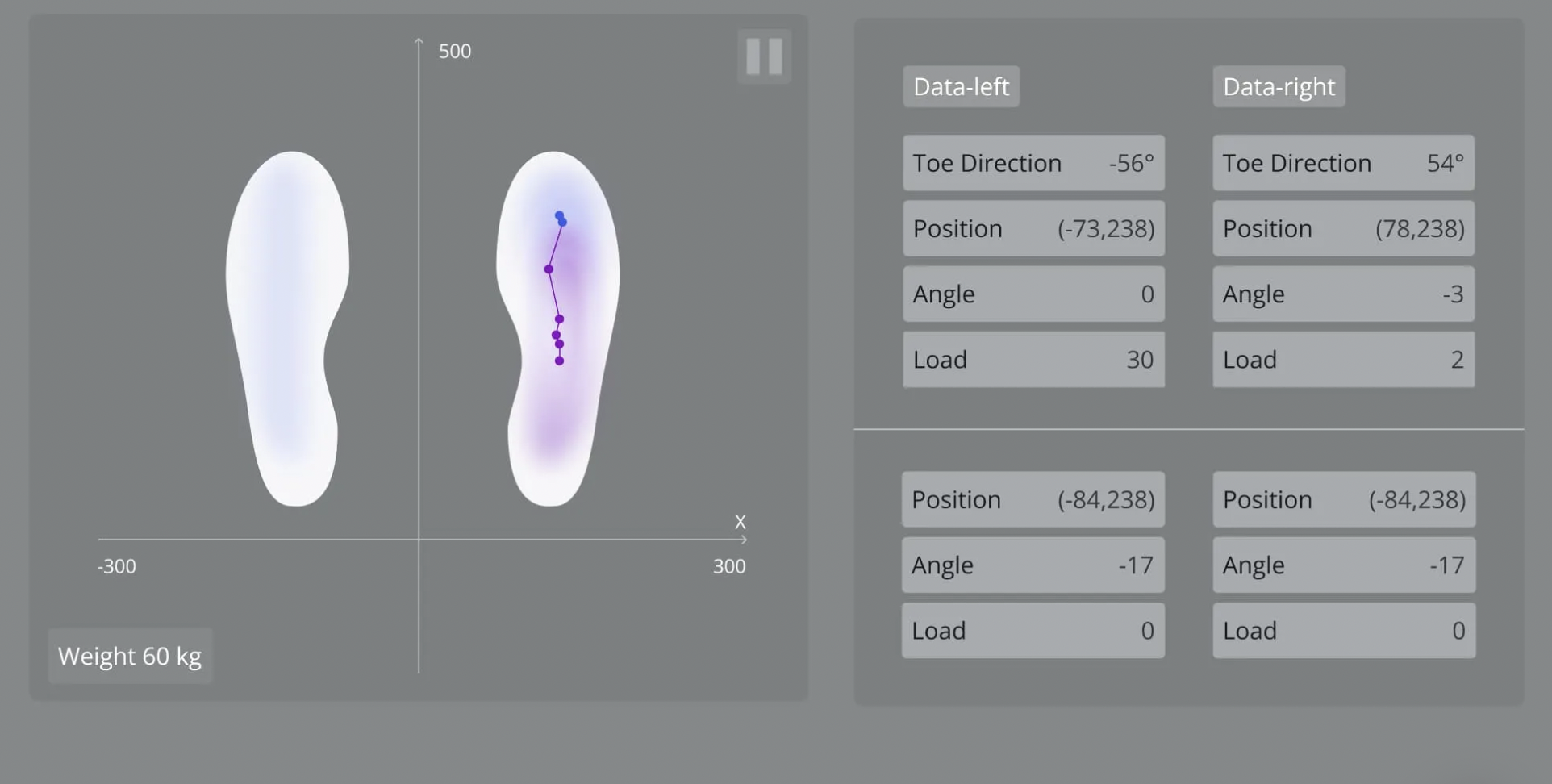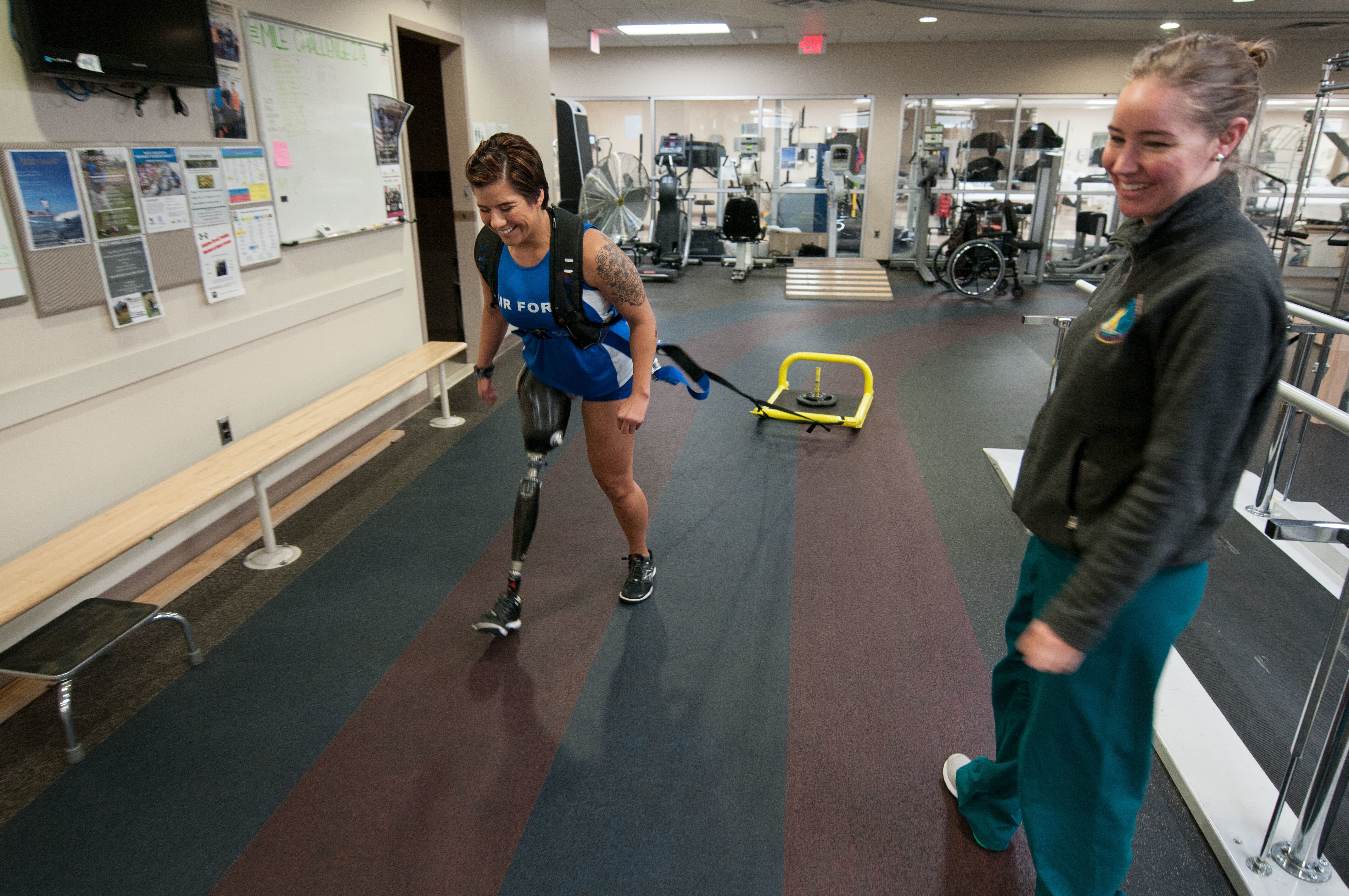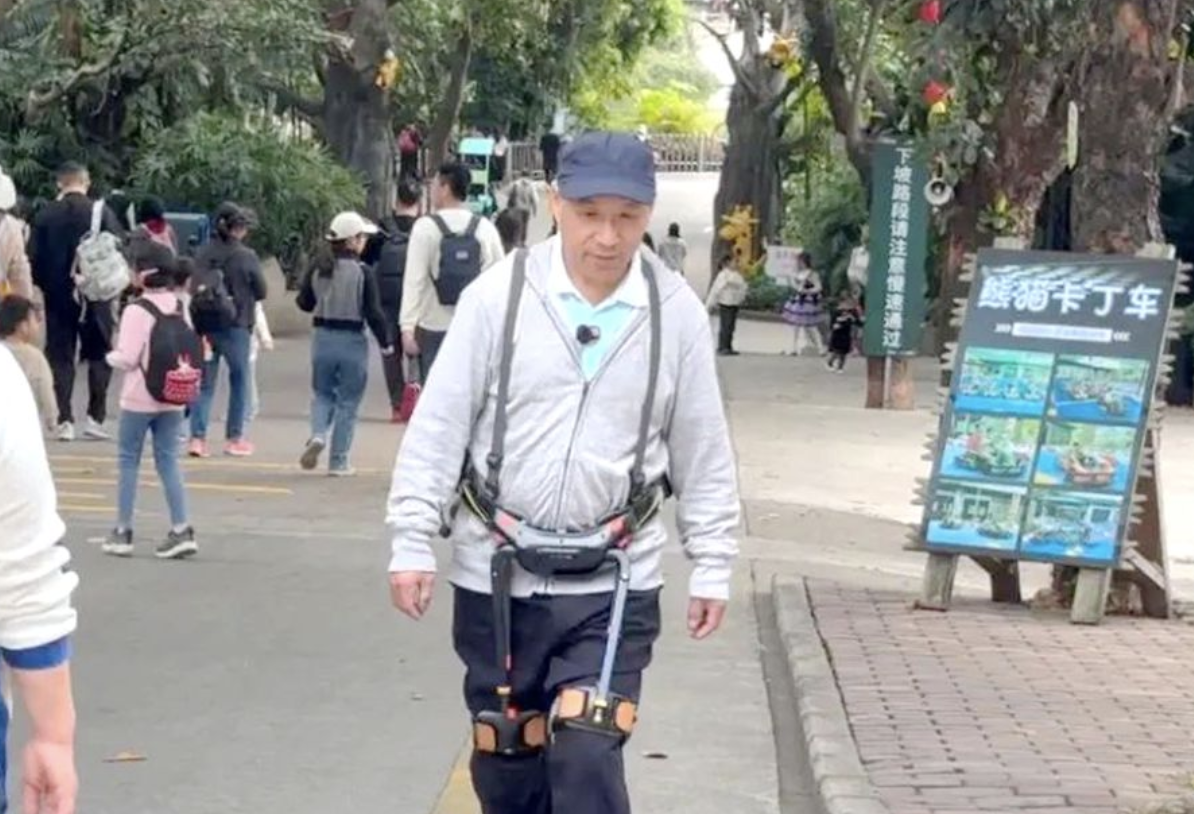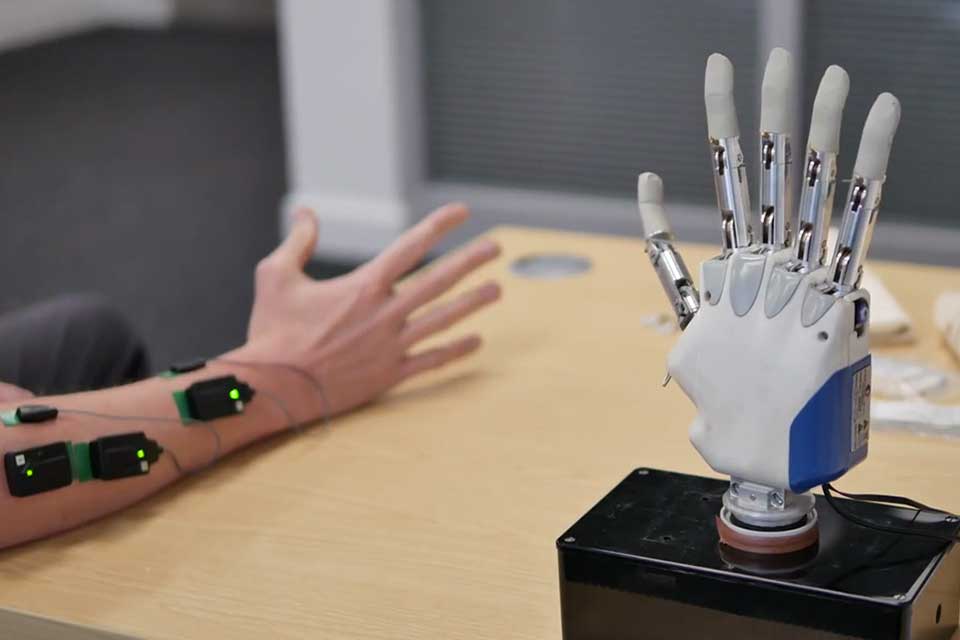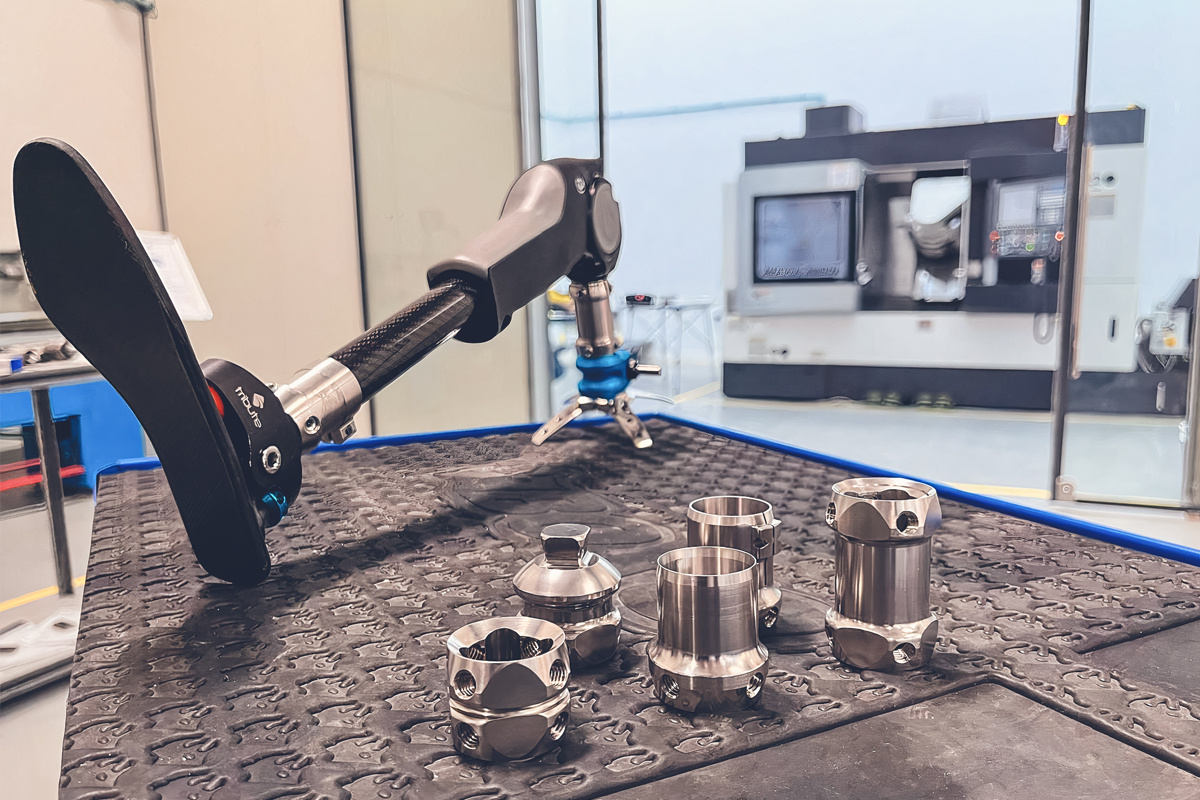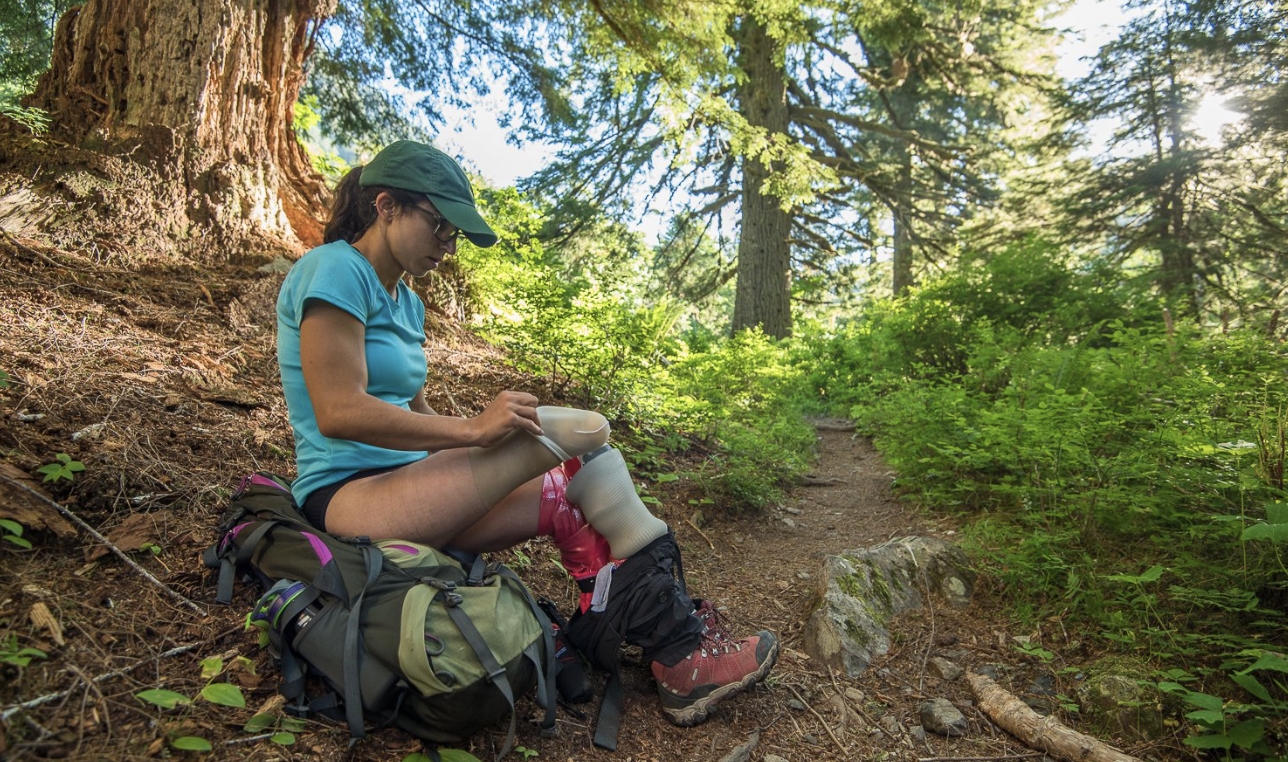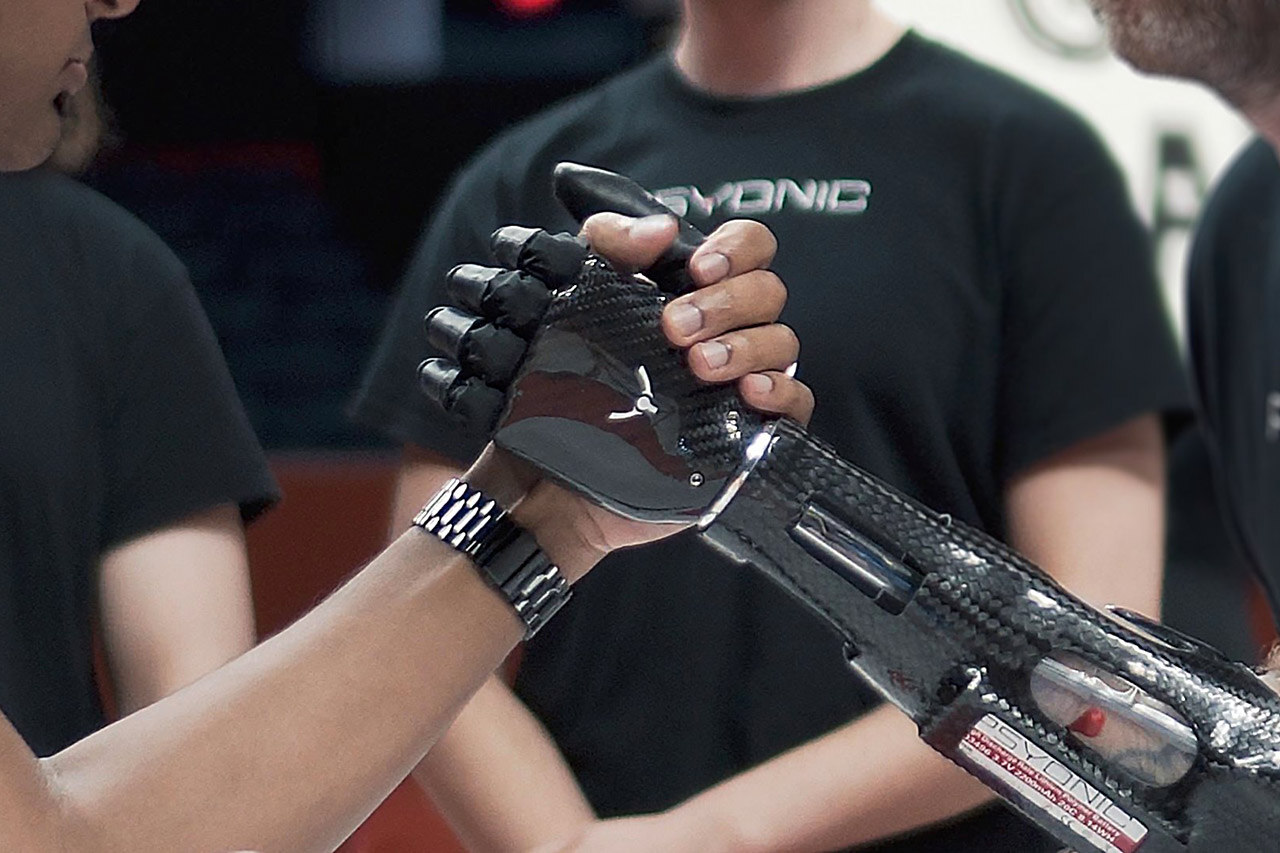On 3rd December, the world marks the International Day of Persons with Disabilities – a day that reminds us of the importance of equality and accessibility for all. Modern technologies play a crucial role in transforming the lives of people with disabilities, helping them overcome physical and social barriers.
The company "Motorika" provides innovative solutions, including bionic prosthetics, which help restore lost capabilities and open new horizons for people with disabilities.
In this interview, we speak with Ivan Sofronov, B2B Sales Manager for the CIS at "Motorika," and Vladimir Baldin, a user of a bionic prosthetic and brand ambassador for "Motorika," who continues to engage in extreme sports.
These two inspiring individuals share how bionic technologies can change lives, the opportunities they provide, and how modern solutions help people regain confidence and freedom of action.
Ivan, can you tell us how "Motorika" is helping people with disabilities in Uzbekistan? What services and technologies are available for local residents?
Ivan Sofronov: "Motorika" is actively working in Uzbekistan, providing high-tech solutions for people with disabilities. Currently, we observe a significant need to provide prosthetics for people with limb loss — about 12,000 people need lower limb prosthetics, and around 1,200 need upper limb prosthetics. This is an annual figure that continues to grow. We offer a wide range of products: from actively-powered prosthetics for children from 2 years old to bionic prosthetics for children from 8 years old. Our devices help people not to hide their injuries but to regain part of their hand functions.
Can you receive a bionic prosthetic for free? What conditions are necessary for this?
Ivan Sofronov: Currently, we provide prosthetics through charitable foundations and philanthropists’ assistance. We are also actively working with the Social Protection Agency under the President of the Republic of Uzbekistan to have our prosthetics included in the list of rehabilitation technical aids. We hope that in the near future, state support will make our prosthetics more accessible to a wider range of users.
What innovations in bionic prosthetics has "Motorika" implemented in recent years, and how does this impact the quality of life for people with disabilities?
Ivan Sofronov: We work at the intersection of medicine and robotics. In recent years, we have introduced several innovations, making the prosthetics even more comfortable. This significantly improves the quality of life for users, helping them return to regular everyday activities. Currently, pilots are testing a tactile feedback system: when grabbing an object, the prosthetic determines its hardness, shape, and size. Additionally, we are actively developing leg prosthetics and have introduced products that are part of a vagus nerve stimulation system for the treatment of drug-resistant epilepsy.
How is the market for bionic prosthetics developing in the CIS, and what are the prospects for further growth and development in Uzbekistan?
Ivan Sofronov: The bionic technology market in the CIS is developing very actively. In Uzbekistan, as in other countries in the region, there is a significant need for prosthetics, and we see enormous potential for further growth. We continue to work on expanding access to high-tech solutions to help people regain lost functions and improve their quality of life.
What challenges do you face when spreading high-tech solutions for people with disabilities in Uzbekistan, and how do you overcome them?
Ivan Sofronov: The main challenge is informing the wider public about the availability of our prosthetics. We are actively collaborating with the Uzbekistan Association of Disabled People, which helps us expand awareness and organize meetings. We also work with government authorities to include our solutions in the rehabilitation technical aids program. About 160 applications have already been received, 30 of which are from children, which is an important step toward the future.
How often do prosthetics need to be updated, and which prosthetics are more affordable in terms of cost?
Ivan Sofronov: In Russia, for example, actively-powered prosthetics are updated annually. Bionic prosthetics are, of course, more expensive and complex to use, so their updates require greater investment. Actively-powered prosthetics are simpler to replace and maintain, which makes them more affordable. However, all our prosthetics have individual designs, and the user can choose the color or pattern they prefer. All production of prosthetics is done in Moscow at our own facilities.
What materials are used to make prosthetics?
Ivan Sofronov: We use various materials depending on the type of prosthetic. For actively-powered prosthetics, simpler materials are used, while bionic prosthetics are equipped with complex electronics and microprocessor controls. All the development and production of our prosthetics are carried out in Russia, and we are not dependent on third-party suppliers, which allows us to control quality at every stage.
Vladimir, how did you start using a bionic prosthetic, and how has it changed your life?
Vladimir Baldin: It’s a long story. It all started with an injury, when I realized that I was missing a limb — my right arm. I had to choose: how to live on. It was a choice between simply continuing life or stopping. The bionic prosthetic became my solution because it allowed me to return to normal life. It’s not just a technology; it’s a combination of innovation and my spirit, and now I have a hand that has almost fully restored my capabilities.
I can do everything I did before: tie shoelaces, wear a tie, take care of myself. Of course, there are small things that are a bit harder, like putting a hook on a fishing line, but special devices help me with that.
What has been the most significant aspect of using the bionic prosthetic from Motorika? What opportunities has it opened for you?
Vladimir Baldin: Bionic prosthetics are a technology that not only restores the ability to move and engage in favorite activities but also provides self-confidence and a sense of a full life. An important point for me is the choice of the Russian company Motorika. In case of breakage or malfunction, they quickly resolve any issues, unlike foreign manufacturers. The company fully provides itself and its users with all the necessary materials and components. I feel I can rely on this prosthetic, and it doesn’t limit me; it opens new opportunities for life.
You continue to engage in extreme sports despite your limited abilities. How does the bionic prosthetic help you in this?
Vladimir Baldin: I used to engage in motocross and motoplaning – a type of parachuting with a wing and motor. Now, I’ve temporarily stepped away from these sports but have started learning to ride a monocycle.
The prosthetic helps me compensate for weight, creating balance and supporting my back. It is the same weight as my other hand, which helps me maintain balance and posture. With the prosthetic, I can easily hold a plank. Some types of exercise machines work well with my particular feature.
Could you share an inspiring moment when the bionic prosthetic became key to achieving your goals?
Vladimir Baldin: One inspiring moment happened after I started getting used to my prosthetic. I was inspired by the story of Nick Vujicic — a person without arms and legs who lives a full life.
Another moment happened when I went ice fishing alone. I was still embarrassed about my injury and didn’t want anyone to know I had a prosthetic. But I managed: I drilled a hole in the ice, put bait on the hook, and caught a fish. I did everything just like I would with my other hand. That moment changed my perception; I realized I had far more opportunities than I thought.
What advice would you give to people who doubt they can continue an active life after receiving a prosthetic?
Vladimir Baldin: I advise not to sit still but to act. As the saying goes, water does not flow under a lying stone. You need to get up, go, and not be afraid. Even if it’s a small step, it’s already progress. Anything is possible if you’re not afraid to try and move forward. If I had just sat and waited, nothing would have happened. It’s important to take the first step, and everything else will fall into place — any obstacle can be overcome, and any goal can be achieved.
